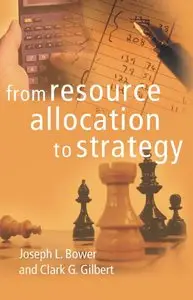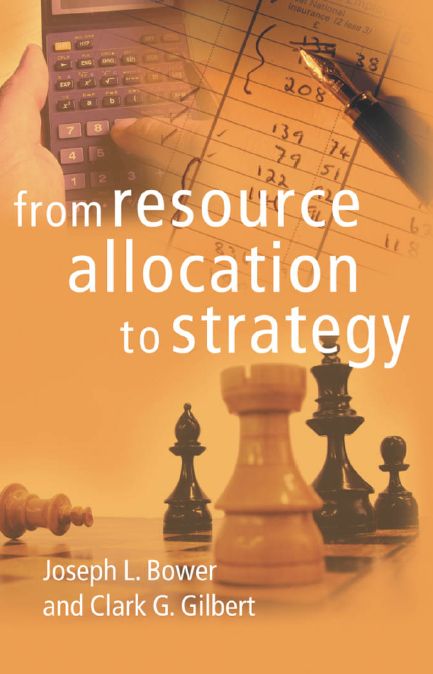From Resource Allocation to Strategy by Joseph L. Bower and Clark G. Gilbert
English | 2006 | ISBN: 0199277443 | Pages: 500 | PDF | 1,6 MB
English | 2006 | ISBN: 0199277443 | Pages: 500 | PDF | 1,6 MB
Joseph L. Bower and Clark G. Gilbert have collected together some of the leading experts on strategy to examine how strategy is actually made by company managers across the several levels of an organization. Is strategy a coherent plan conceived at the top by a visionary leader, or is it formed by a series of smaller decisions, not always reflecting what top management has in mind?
Often it is by examining how options for using resources are developed and selected, that we can see how a company's competitive position gets shaped. On the bases of this understanding, we can see better how these processes can be managed. The book's five sections examine how the resource allocation process works, how the way it works can lead a company into serious problems, how top management can intervene to fix these problems and where the most recent thinking on these problems is headed. A fifth section contains assessments of this work by through leaders I the fields of economics, competitive strategy, organizational behavior, and strategic management.
The implications for those who study firms are considerable. Activity that is normally thought about in terms of substantive outcomes such as market share and revenue growth, or present value and internal rate of return, is seen to be inextricably related to organizational and administrative questions. The finding presented here should inform the research of economists, strategists and behavioral scientists. Thoughtful executives and those who consult with them will also find the book provocative. The processes described are complex, but clear enough so that the way toward effective management is apparent. The models developed provide a basis for building the systems and organization necessary for today's competitive world.



